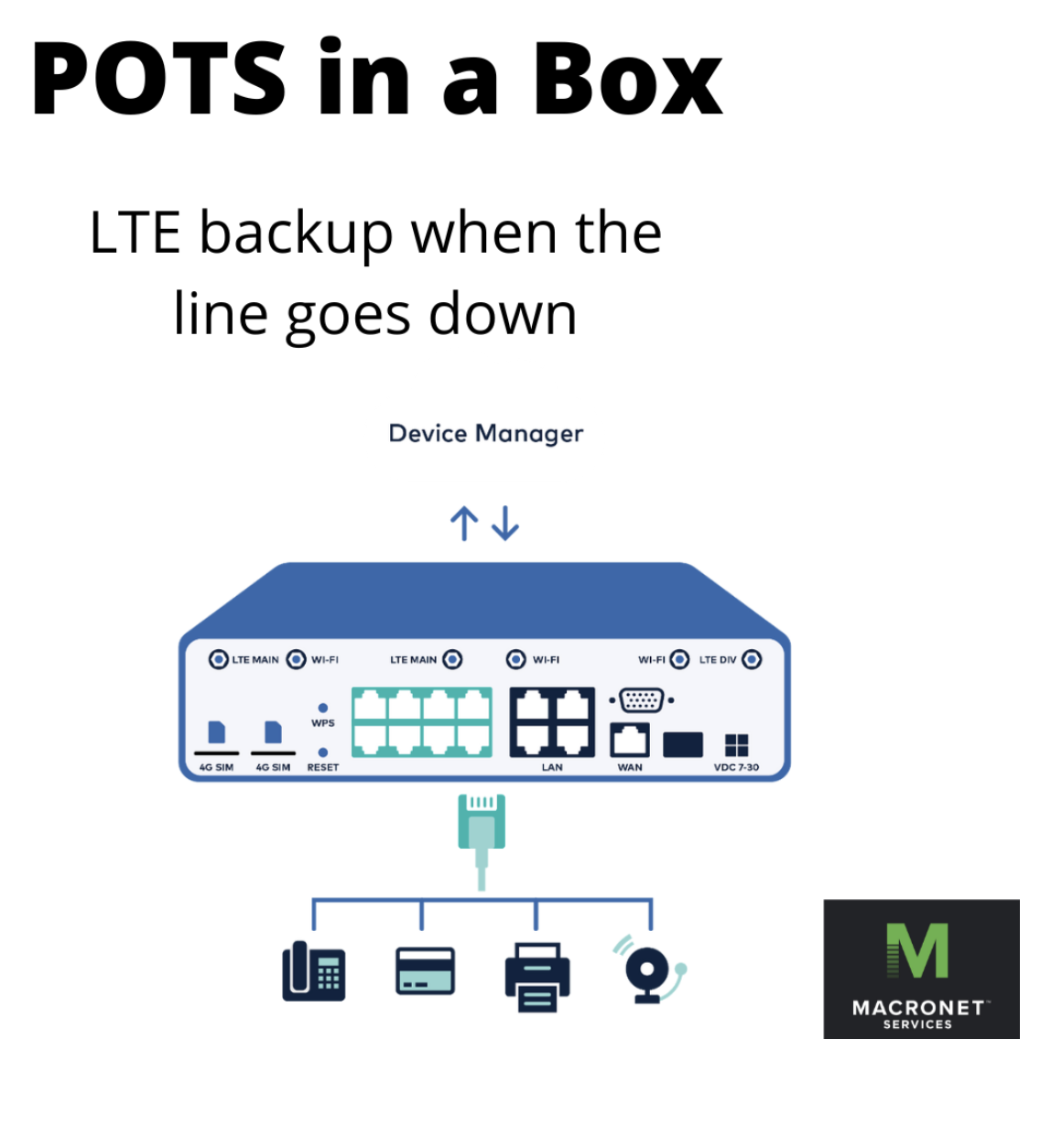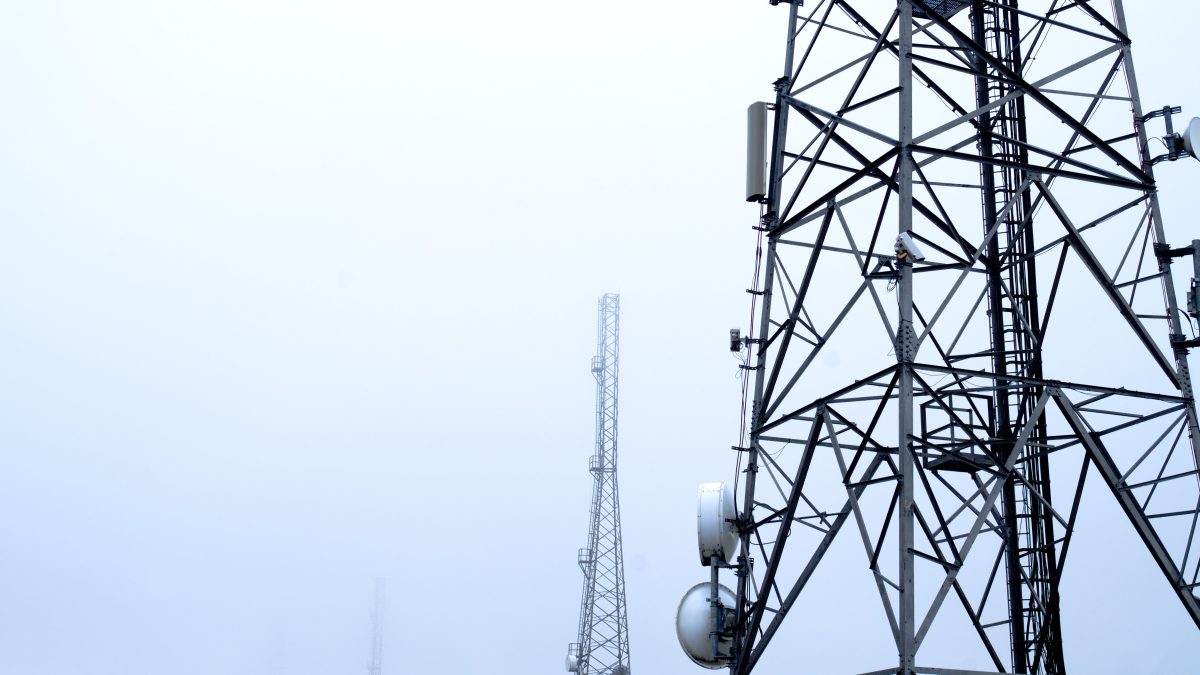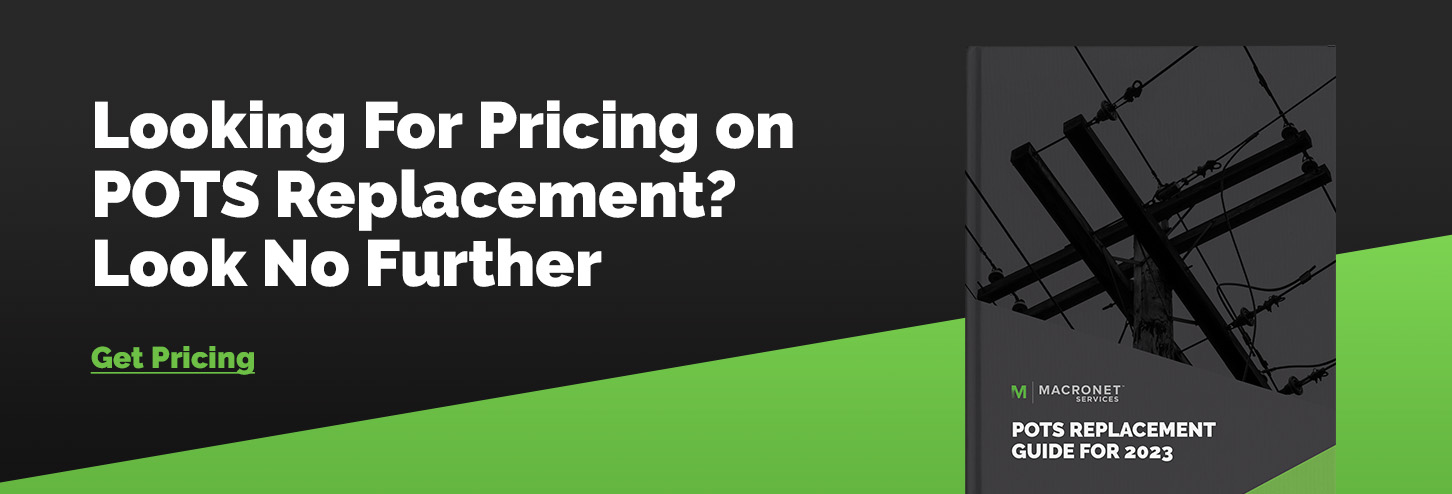Analog POTS Replacement & Top Savings Tips!
There are many reasons why you need to remove analog POTS systems from your network today especially due to increased costs. If you are entering a new construction building, you will absolutely run into a roadblock with the local carrier deploying copper facilities. Why do you need to replace analog copper POTS systems? These services outlined here with FCC-192
Allow the carriers to charge 3-4X the monthly rate and/or simply decide not to install new services, such as a construction build.
As mentioned above where the changing dynamic of traditional copper facilities becomes more expensive carrier technicians are less trained in the field and the ability to support these legacy systems wanes on the providers itself. It has now become incumbent upon the customer to move to a next generation POTS
solution which can seem daunting, scary, and quite honestly time consuming.
Analog POTS Line Cost Replacement
We have outlined the costs of Analog POTS line replacement pricing in this eBook and you must look to lock in long-term rates, not the traditional month to month rates carriers offer using the copper lines in place. However, this strategy is equally compelling as it impacts your tax rates. The lower we’ve reduced monthly costs for customer the tax obligation reduces as well for organizations. This is due to the tax rate applied as a fluctuating percentage (yes, you read that correctly, the government adjusts quarterly) against the MRC.
How fast are Analog POTS Line Installations?
Some things that you can prevent slow installs for a POTS replacement include the following.
- Move towards an environment that is accessible in the MDF. This means you must have at least a 120 Volt power receptacle and the space to rack, mount, or place a small network device in that area. The reason is because now with a new POTS in the Box service, unlike copper where you just have a 66 punchdown block attached to the wall you will require power. However, it installs with an onboard UPS batter backup power source.
- Making sure that you have proper engagement with the carrier. If you’re simply looking to move one to four lines over, we highly suggest that you leverage someone such as Macronet Services to assist you. The reason is it takes quite a bit of coordination and if you’ve never migrated analog POTS services before you’ll be in for a treat, but also a potential surprise if steps are missed.
- Understanding all your telephone numbers and where they are tagged and located in your building. Many times when we replace traditional POTS lines with these new pots in the box service. It will take a technician quite a bit of time to find out where the existing lines are. However, often this will provide you additional savings. You ask how can this happen? Many times, organizations have telephone numbers and service that have been in place for many, many years that they are unaware of. Through this tag and locate process, often we may find a line or two that a customer has been playing three or 4X what they should for many years and simply disconnecting that service will save the customer additional Opex they were unaware of. The other advantage through this process is that it allows us to cleanly identify where numbers are, where they need to route towards in the building, and anything else that might need to be connected close to things such as life safety appropriately.
- You really need to understand the implications of the savings that can happen not only just from a traditional monthly cost, but also tax savings. Most organizations receive a USF tax rate based on the monthly spend they have per line. The faster we can lower the spend per line, the faster we can lower your tax obligation. So therefore, your total amount that you’re owing to the phone company or provider is significantly less. Five, another thing to consider here is unlike traditional pots, you don’t have the ability to make sure that you have proper redundancy without going down this path.
What steps do customers miss in converting pots in the box?
Number one. Not considering the amount of time it will take to complete the install.
If you are moving into a new construction space, be prepared with carriers refusing to install any physical copper outside plant to support your needs. Think of the traditional 66-bloc. Honestly, moving to a POTS replacement service offers additional redundancy.
POTS Line Replacement Advantages:
- LTE SIM cards added to the design for backup. If the POTS connection is lost, LTE backup is deployed automatically as it’s sitting onsite in standby mode. This is critical for POTS Alarm, Burglar, Elevator lines or if that legacy FAX machine is still attached!
- Higher Capacity – Depending on the connection, there could be hundreds of POTS line replacement lines installed very quickly without the need for construction to the street. If some sort of high-rise building, legacy modem bank existed, there is no fear this solution will work.
- Tag and Locate – Installing Analog POTS replacement might just find old lines from the 1980’s you are still paying for which are no longer needed. Technicians we deploy can tag and locate your existing lines only to provide an audit to expense report.
Analog POTS Replacement does have some impacts you have to be extremely precise about in your deployment and ask of the provider. These areas include but not limited to the technical components of taking this traffic from a copper environment into a complete voiceover IP/SIP. This will ensure your equipment and SLAs for life safety requirements or other needs are met holistically.
Experience replacing POTS lines matters to prevent any providers jumping in too quickly with their offering, switching services too fast/incorrectly and ultimately placing your organization at a disadvantage.
You really need to make sure that you’re taking into consideration porting costs, term on equipment, scheduling and other factors that must be on site. A common scenario for POTS replacements in many different states starts with Life Safety lines. When we refer to life safety word referencing burglar, fire alarm, elevator or other environments that need to dial home back to a resource whether it’s emergency personnel or some sort of operating center that’s managing your environment now the advantage here is that we’ve been able to uncover many fast track options and installing new pots in the box services and as little as two weeks that sounds really aggressive but the way that the technology has been deployed and depending upon the architecture that a customer needs it is absolutely achievable and that includes 2 technician truck rolls which essentially means on site survey and physical install performed within that two week timeframe that is really unheard of in traditional SLA environments for the local carrier today.
POTS replacement with POTS in a Box (PIAB)
What does the POTS in a Box architecture look like? It’s very simple with small and large organizations deploying these services into their network.

The Technical Specs on the POTS Device
- Connect with Wi-Fi, broadband and/or 3G/4G LTE
- Cellular can be the primary connectivity if Wi-Fi or broadband are not available, or act as a backup in the event of primary circuit failure
- The adapter can serve as a Wi-Fi access point
- With a connection to 3G/4G LTE cellular service, downtime is at the lowest possible level
- Dual SIMs provide added fail-over protection, perfect for 911 call completion assurance
- This device supports SIM cards from all major carriers (AT&T, Sprint/T-Mobile & Verizon)
This device can handle up to 8 lines including voice, fax, elevator, and alarm lines.

Recent Posts
- How Laser Satellite Communication Breakthroughs Compete with Starlink
- AI-Powered Humanoid Robots: Transforming Business, Homes & Connectivity
- Top IT & Network Design Consultants in Boston and New England: Macronet Services
- Top AI Consultants in New England: Why New Hampshire’s Macronet Services Shines in Boston and Beyond
- IXPs in the US and Internet Peering
Archives
- July 2025
- June 2025
- May 2025
- April 2025
- March 2025
- February 2025
- January 2025
- December 2024
- November 2024
- October 2024
- September 2024
- August 2024
- July 2024
- June 2024
- May 2024
- April 2024
- March 2024
- February 2024
- January 2024
- December 2023
- November 2023
- October 2023
- September 2023
- August 2023
- July 2023
- June 2023
- May 2023
- April 2023
- March 2023
- February 2023
- January 2023
- December 2022
- November 2022
- October 2022
- September 2022
- August 2022
- July 2022
- June 2022
- May 2022
- April 2022
- March 2022
- February 2022
- January 2022
- December 2021
- November 2021
- October 2021
- September 2021
- August 2021
- July 2021
- June 2021
- May 2021
- April 2021
- March 2021
- December 2020
- September 2020
- August 2020
- July 2020
- June 2020
Categories
- All (19)
- Satellite (1)
- Artificial Intelligence (3)
- Travel (1)
- Sports (1)
- Music (1)
- News (271)
- Design (3)
- Clients (12)
- Uncategorized (1)
- Tips & tricks (25)
- Inspiration (9)
- Client story (1)
- Unified Communications (196)
- Wide Area Network (308)
- Cloud SaaS (60)
- Security Services (71)





